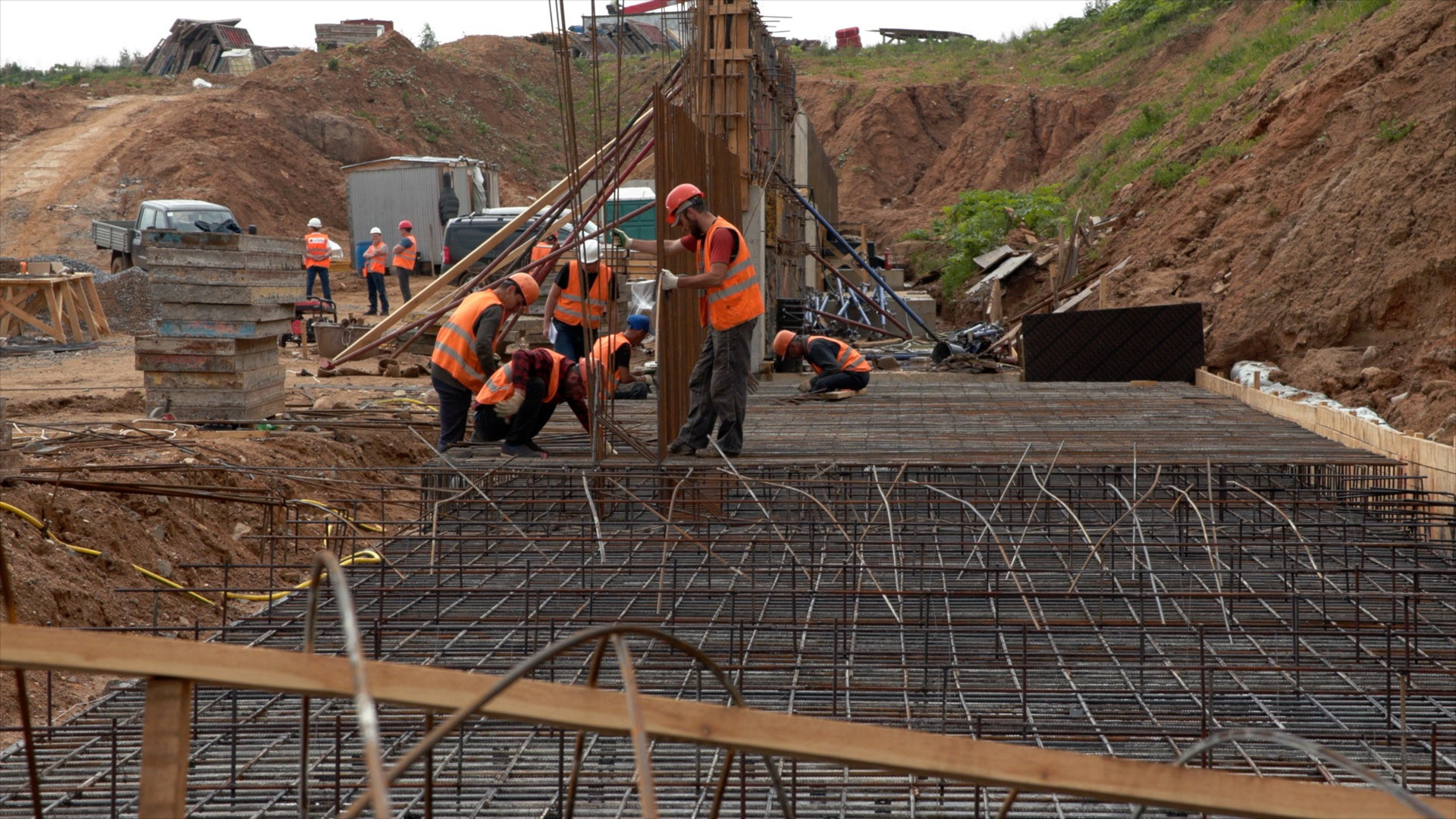
Asia Pacific
14:21, 02-Jun-2019
Reporter's Diary: Russia, China building largest railway cargo terminal near Moscow
Aljosa Milenkovic

Millions of tons of cargo every year travel between China and Europe. They are primarily transported by huge container ships where a single trip can take up to 40 days from shipment to delivery. After the Belt and Road Initiative was introduced by Chinese President Xi Jinping back in 2013, many started thinking about cheaper and faster modes of transportation.
The answer was using the good old railway system. Although experiments of sending cargo from China to Russia by train started back in 2008, its true potential started emerging only after the introduction of the Belt and Road Initiative. Ever since, thousands of trains criss-crossed through China, Russia, Europe and back with increasing load capacities by the day.
As container transportation increasingly became the dominant form of cargo transportation, a need for dedicated terminal in Russia emerged. Back in 2017, Russian state-owned railways the RZD and Chinese Liaoning Port decided to join forces to build the largest container cargo terminal in Russia.
After construction began in 2018, efforts are still in full swing. The terminal is located on the outskirts of Moscow. The total investment in the entire project is over 300 million U.S. dollars, split 51 percent by the Russian side and 49 percent by the Chinese.
In the outskirt of village Belyy Rast, 70 kilometers from Moscow's Red Square, is where the new terminal is being built. Dozens of heavy machines are changing the landscape by the day. Workers are connecting rebars, making steel frames before hundreds of tons of concrete are poured over it.
At this moment this site doesn't look much, but as investors are saying, by the end of this year, the terminal will become operational. By 2022, investors expect the terminal to be fully completed, distributing containers. Russian Railways see Belyy Rast as a pet project, something to be copied in the future if proven successful.
When the Belyy Rast terminal reaches its full capacity, 600,000 tons of cargo will be processed annually, serving European and Asian customers. As General Manager of the RZD Terminal Sergey Grishin explained, Belyy Rast will help cut the time needed for cargo to travel from China to Europe to eight days.
“This terminal will be the point of consolidation for cargo transports. It will provide cargo to all those companies in the Moscow Region, and besides that, it will be used to assemble container trains for sea ports. Meaning, we are collecting cargo and sending it to the ports, and we also collect cargoes from the ports and sending them to the users,” Sergey Grishin said.
Chinese partners are putting 150 million U.S. dollars in this project, which they view as a very important transportation hub that links the East and the West.
“This project of the logistics center Belyy Rast is in line with the needs of the Belt and Road Initiative and the strategic linkage of the Eurasian Economic Union. Currently, the Sino-Russian-European container trains are developing rapidly, and the Berelast Logistics Center is adapted to the current logistics and trade market. The demand has good development prospects and benefit expectations,” general manager of the Terminal Logistics Center Ma Yunchi said.
Taras Ivchenko, Associate Professor and Russian Director of The Confucius Institute in Moscow, explained that Russia has to explore all the possible advantages of this and similar projects.
“For Russia, best conditions would be those that are helping development of its territory, development of its scientific, technical, industrial and educational complex. Meaning, if all this territory is not used only as facilitator of transit, but also for self development, then this is very useful for Russia,” Ivchenko said.
(Cover: Workers making steel rebar frames before concrete is poured at the construction site of Belyy Rast Terminal. /CGTN Photo)

SITEMAP
Copyright © 2018 CGTN. Beijing ICP prepared NO.16065310-3
Copyright © 2018 CGTN. Beijing ICP prepared NO.16065310-3